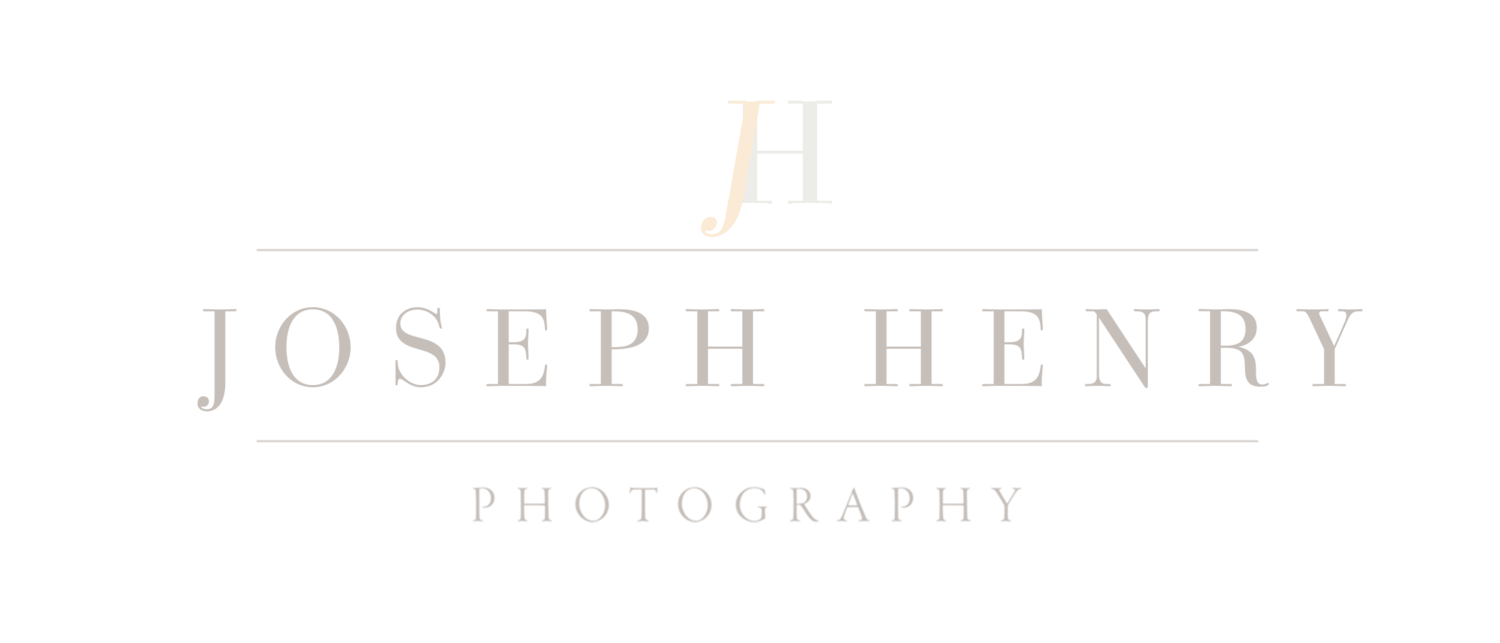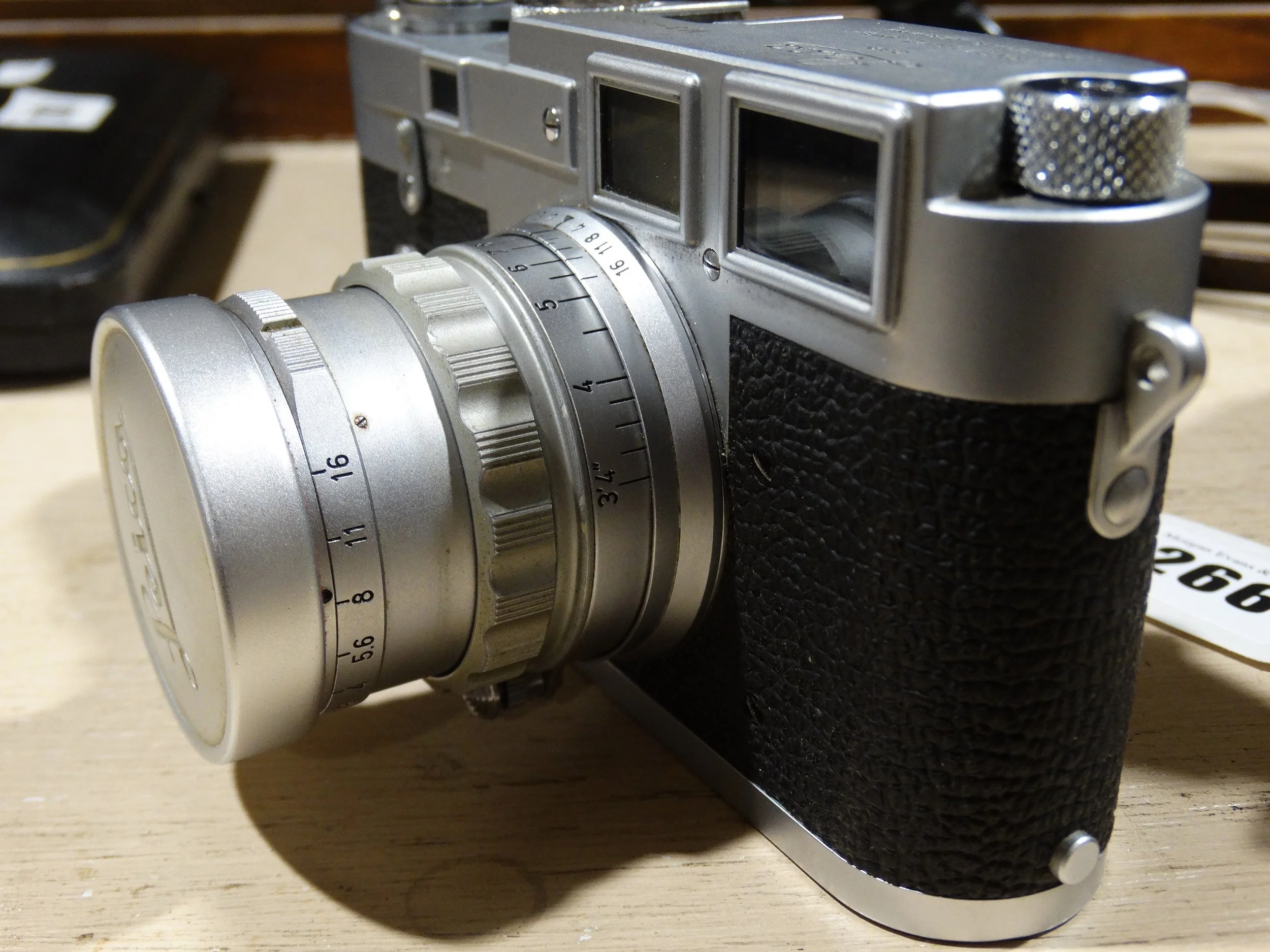When I was a kid in the 90s, long before the miraculous invention of sophisticated smartphone cameras, I experienced an enchanting introduction to photography. While the digital age has undoubtedly changed the way we capture and share photographs, nothing compares to the feeling of shooting and developing 35mm film.
It was around 1994, my grandfather had a sacred and enigmatic corner in his house — a small, dark room where he would mysteriously disappear for hours. For quite some time, I was always curious about what he was doing in there, and one day he decided to introduce me to his magical world: the world of film, chemicals, and the alchemy of photography.
I was originally introduced to shooting photographs myself by quick and cheap disposable cameras. This only required one step, to wind the film after each exposure and that was it, the shutter did the rest. Once that roll of film was done, it was trash, so there was no care nor education required for disposable cameras. Once I had ran through several dozen disposable cameras, I expressed interest in a real camera.
I was handed down my grandfather's old, trusty camera — a Leica DRP 35mm film camera. I remember holding it with care, feeling the cold metal and rugged leatherette, and knowing it had already seen so many memories etched into its exterior. We started with the basics of composition, lighting, focus, and aperture. Even as a kid, I was delighted by the idea of catching a fleeting moment in time with just a click of a button.
Soon, I got my first roll of 35mm film. My grandfather taught me how to load it and carefully wind the advancement lever. I adored the mechanical sounds, which felt like the heartbeat of the camera. Eagerly, I ventured into the world, street by street, finding beauty in nature, people, and even mundane everyday scenes.
But taking the photographs themselves was only half the adventure. The real magic happened in the darkroom. That tiny room, lit only by a dim red light, held so many secrets. The stale scent of chemicals became a comforting aroma when I knew it meant precious memories were in the making. Together, my grandfather and I would mix the chemicals and pour them into trays. I was taught to be patient, to feel the process rather than to rush it.
With trepidation and joy, I would immerse the undeveloped film in its chemical bath. I would watch in awe as the tiny images I had captured emerged from the nothingness and floated up, becoming more vivid with each second. It was like bringing a world back to life, a world that had been paused in time.
The process of developing photographs was much more hands-on than just sending digital files to print. We would make test strips diligently to ensure we got the right exposure, dodge and burn areas if needed, and even learn how to correct color balance. I felt like an artist, making gentle and precise alterations to bring out the best in each photograph.
Years went by, and I continued refining my skills as an analog photographer, but ultimately, my school demanded more attention, and soon after, I welcomed the digital age of photography. However, in my high school, we had a photography class and a dark room, I naturally took this class as an easy A in my eyes and got to still shoot and develop film. No matter how much technology progresses, nothing will replace the warm, organic feeling of camaraderie, excellence, and mystery that was tucked away in my memories of shooting and developing 35mm film.
As we move toward the unending possibilities of digital photography and ubiquitous smartphones, these childhood experiences will forever hold a special place in my heart. Learning to shoot and develop 35mm film taught me not just a craft, but also about patience, perseverance, and the art of storytelling in its purest form. It was nearly a decade later, that I shifted away from digital photography, skipped over 35mm and ventured into the world of medium format film, which I’ll share that experience another day.

